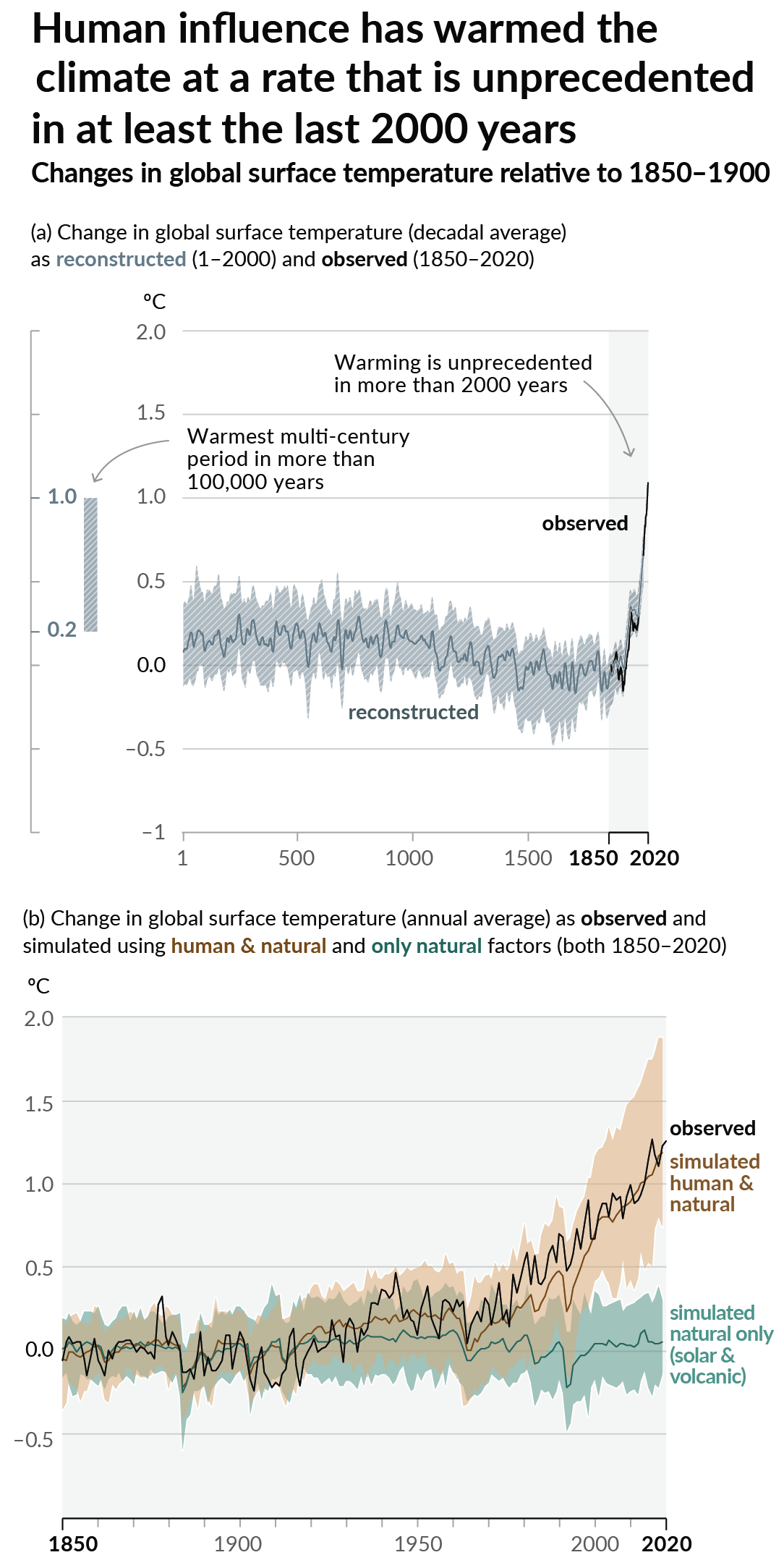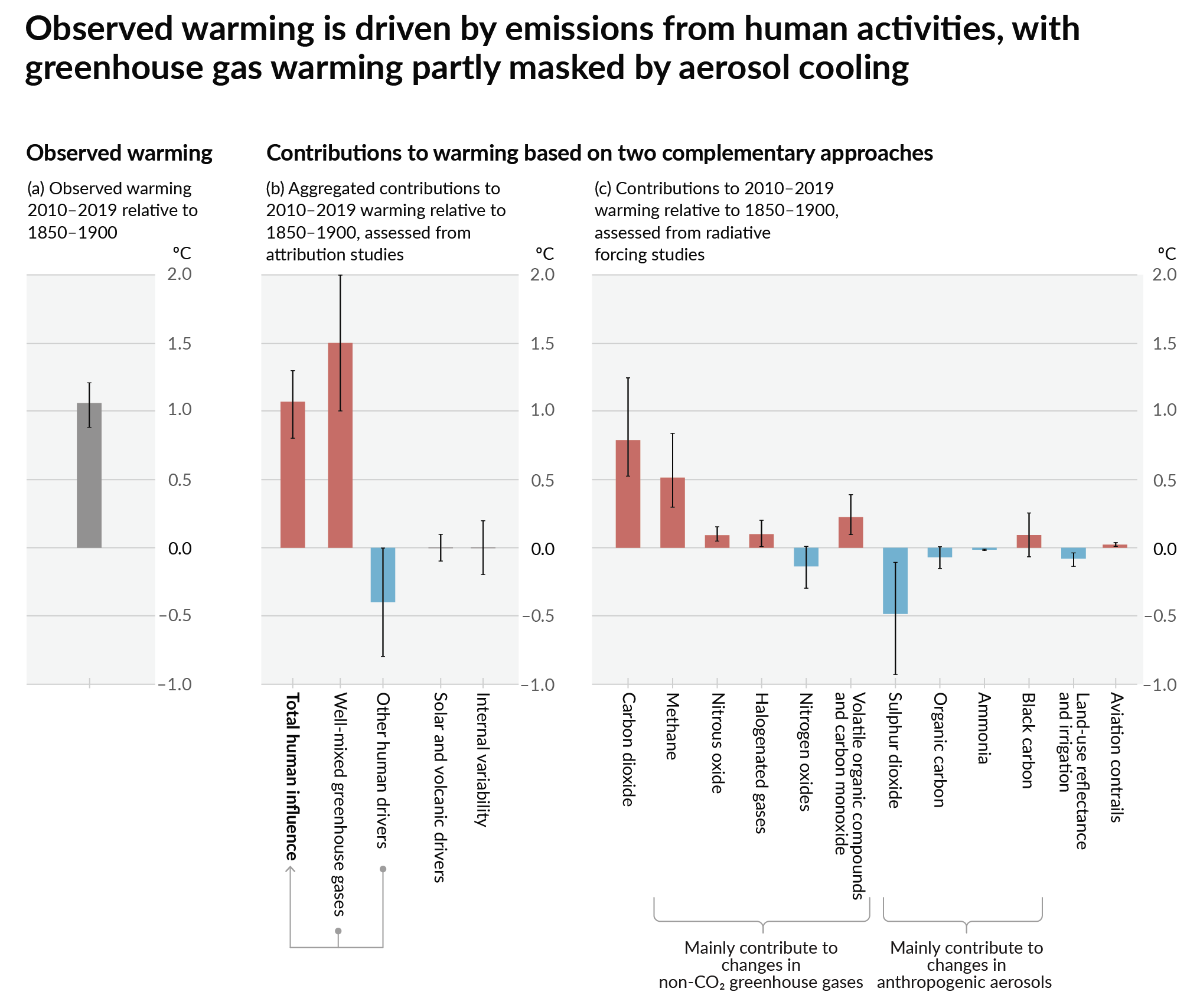By reducing their gross carbon emissions?
It recommends limiting development, taking steps to reduce wildfire risk like culling invasive grasses and introducing Joshua trees with genetic variations that make them more resilient to warming temperatures.
Oops. Nope. Oh well.


